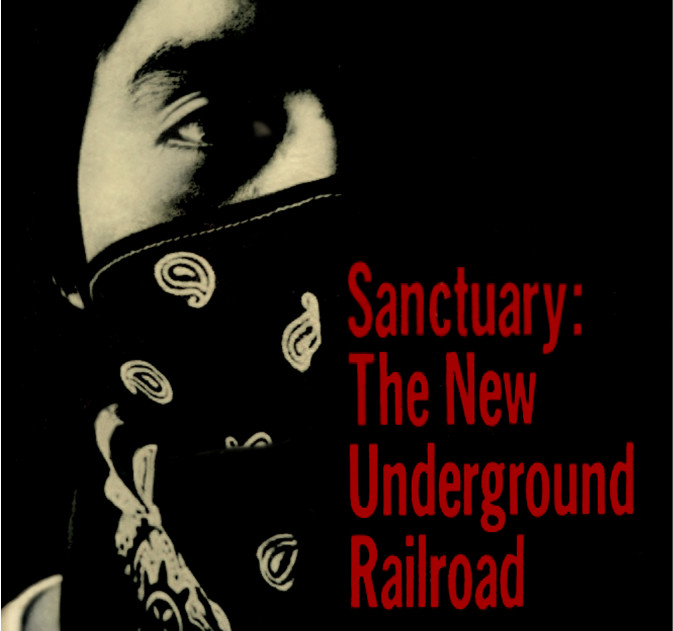This longform narrative history in the Los Angeles Review of Books, based on extensive interview and newspaper research, explores the surprising, twisty, forgotten history of Los Angeles’ first sanctuary city declaration–in November 1985—as a lens onto the historical crossings of urban politics, U. S. foreign relations, and struggles over the place of migrants and refugees in American society in an era of Cold War intervention and rising racist and nativist mobilization.
By the mid-1980s, as the U. S. pumped military and financial aid into violent, authoritarian regimes in Central America, Los Angeles emerged as a hub of the Central American refugee community in exile, and a center of anti-imperialist solidarity activism and a sanctuary movement committed to providing refugees material relief, legal aid, and shelter from immigration authorities. Activists in the city successfully pressured idealistic council members to shepherd an ambitious sanctuary resolution through to a narrow passage, in a triumph for the sanctuary and solidarity movements nationally. L. A. public officials, including the police, would not hand over refugees to immigration authorities or aid in their arrest or detention for unlawful presence.
But an unexpected backlash against the resolution, driven by nativist public officials cultivating moral panic, pushed sanctuary’s advocates onto the defensive. Two months later, the City Council passed a second resolution that, while preserving some protections for refugees, revoked the sanctuary city label. For the next three decades, it remained unclear—and hotly debated—whether Los Angeles was actually a “sanctuary city” or not.
In response to the Trump administration’s aggressively nativist politics, Los Angeles confidently declared itself a sanctuary city in February 2019. As the struggle for immigrant and refugee rights continues, exploring the city’s first, complex, ambivalent declaration of sanctuary can help us see the present anew, by examining the early seeds from which both contemporary rights activism and nativism grew.
It’s also a history that raises urgent questions. What does it mean for a state to offer “sanctuary” to migrants, especially migrants dispossessed in part by actions taken by that very state? And what difference does it make if you publicly declare your city a “sanctuary” rather than just quietly changing its institutions without fanfare?
What does the United States owe migrants? And can a city be a sanctuary if it doesn’t allow itself to say so? These are pressing questions as the United States struggles over immigration and the U. S.’s role in the world during the age of Trump and, maybe, in its aftermath.
Read the full article adapted from the Los Angeles Review of Books
Featured Image from the cover of Rennie Golden and Michael McConnell, Sanctuary: The New Underground Railroad (Maryknoll, NY: Orbis, 1986)
